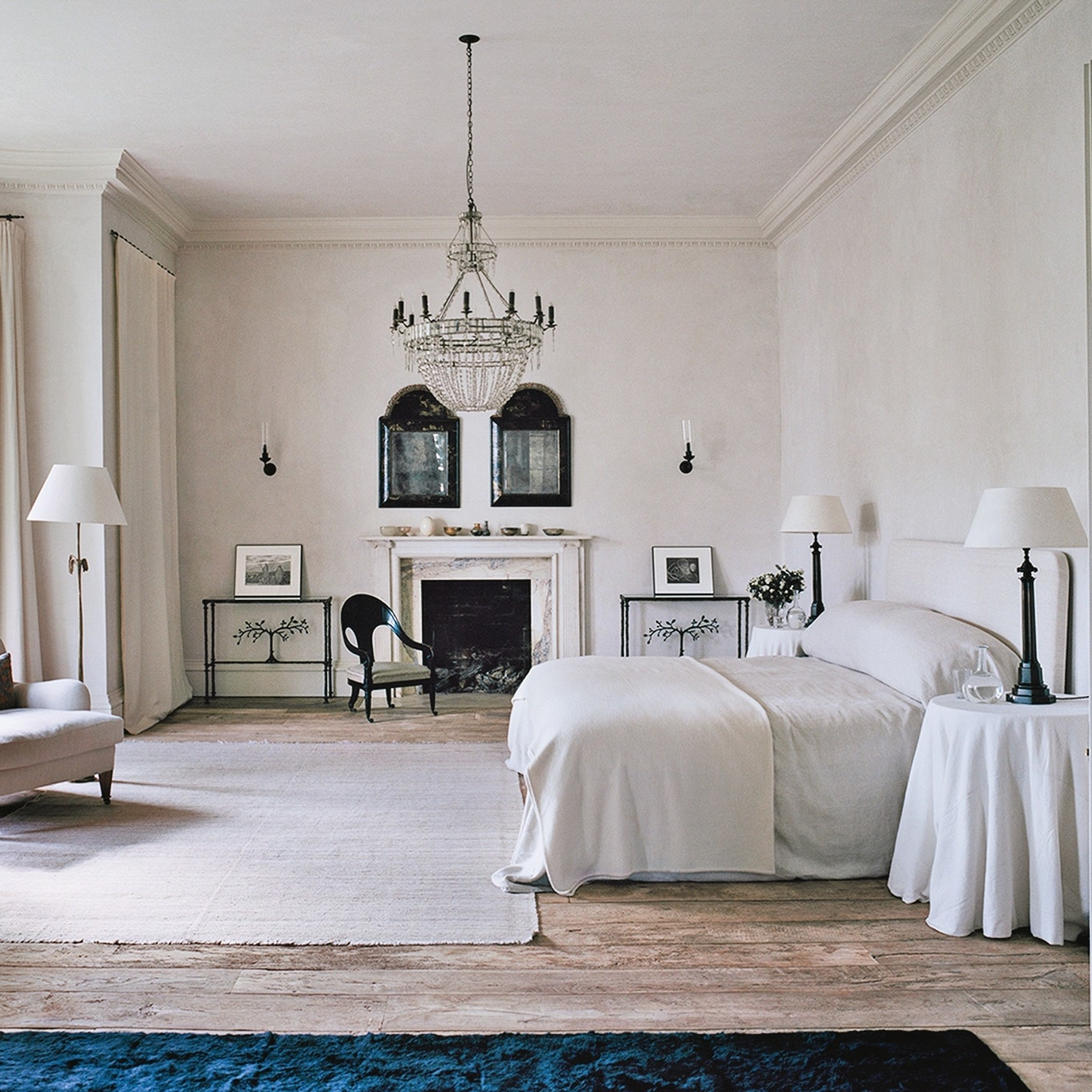
Pendant lamp holder is the mechanical part of the light that secures the bulb and also provides power to the light. It is safe to use since you can easily switch it on and off whenever needed. Moreover, they look fancy and are easy to install. They are also suitable for different surface needs and angles.
There are several types of pendant lamp holder. These come in various sizes and shapes to fit the lighting requirements of any home, office or industrial space. You can choose the best one that matches your taste and budget.
A pendant holder is a light fixture that hangs on the ceiling or wall, with a portable wire that connects to a fitting. It helps to securely attach a lamp or light directly from the ceiling or wall and connects it with your building’s wiring in a direct way. It is especially useful for lighting your living room, kitchen, bedroom, restaurants, cafes, workspaces and task areas.
It is available in many different finishes, including nickel plate and bronze. The design is versatile, so it can be used with any kind of bulbs. It is compliant with Australian standards and holds a certificate of approval.
Depending on the type of bulb that is being used, it will require different mounting methods. Some mounts are simple and require the bulb to be inserted into the base, whereas others require that the bulb be twisted into place before a screw is pressed on.
Bayonet cap (BC) mounts are the most common mounting method, and can be used with any sized bulb. Insert the bulb into the holder, aligning the prongs on the bulb with the corresponding slots, then twist firmly to secure it. Snap-fit mounts are more specialist, with downward prongs that allow the bulb to be inserted and removed quickly.
There are also threaded lamp holders, with ES and E7 bulb bases available to suit a range of different lighting requirements. These are often used in desk and ceiling lamps, as well as pygmy bulbs.
General Lighting Service (GLS) lamp holders are the oldest and most familiar of bulb designs, featuring the basic pear-shaped base that has been in use for over a century. They can be fixed into a bracket or placed at an angle in a lamp holder and have either bayonet or screw caps.
They are also available with different threading patterns, which are useful for adjusting the height of a lamp. They are a popular choice for chandeliers and other large-scale fixtures.
Besides these, there are other options for table and floor lamp holders, which may be more compact and require less assembly. They can be hung from the ceiling or fixed to the ground and may have a switch for added convenience.




